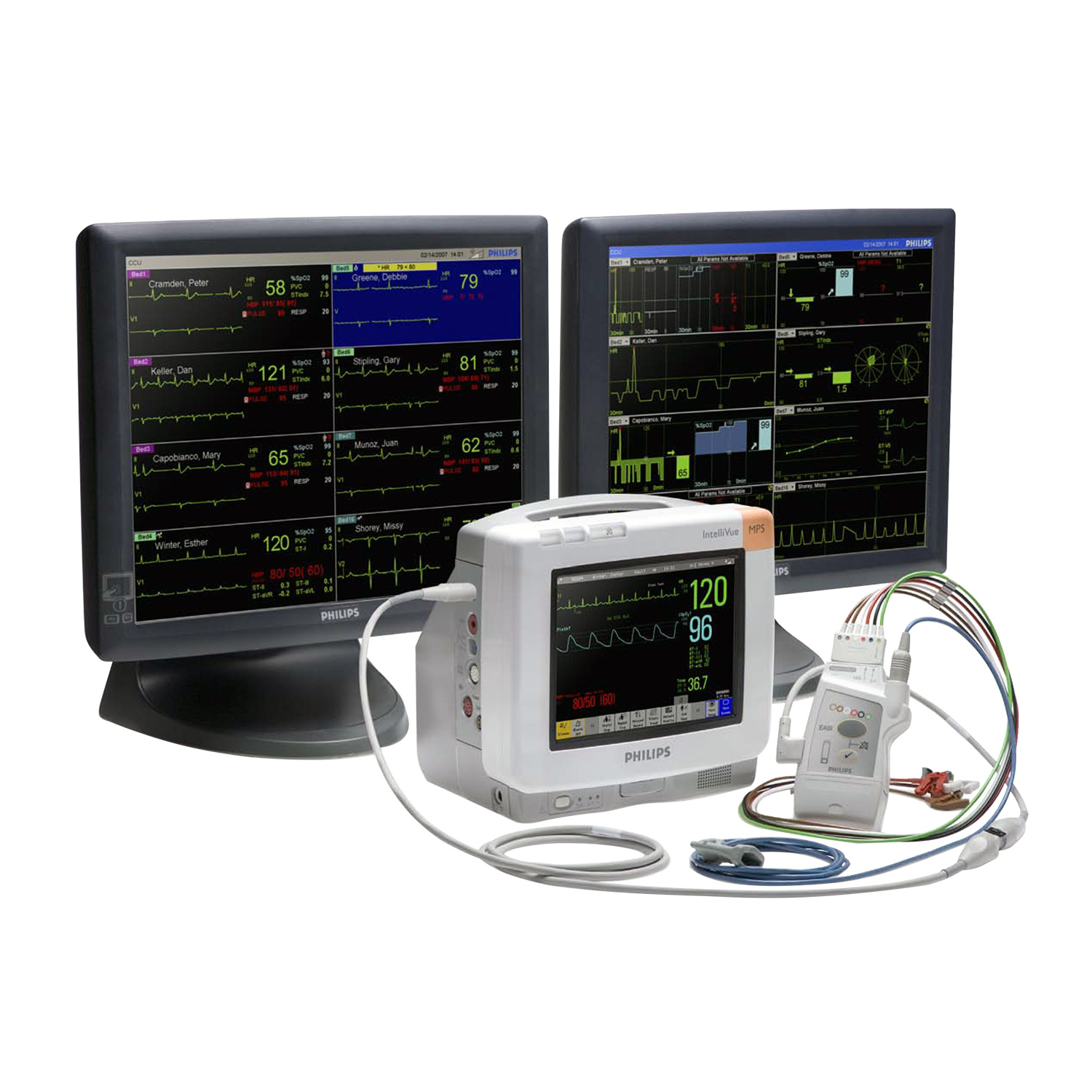Manufacturing Challenges of Medical Cable Assemblies and Wire Harness
Publish:
2025-05-26 18:10
Source:
Medical cable assemblies and wire harness assemblies are of vital importance in the field of medical equipment and are key links for the functional and reliable connection of many devices. These dedicated cable assemblies and wire harness assemblies are crucial for transmitting power and data, and are widely used in diagnostic imaging systems such as MRI and CT scanners, as well as patient monitoring devices such as electrocardiograms and electroencephalograms.
As medical wiring harnesses and cable assemblies directly affect the accuracy of diagnosis and the safety of patient care, engineers and manufacturers must adhere to strict industry standards to ensure the safety and reliability of these components.

The application of wire harnesses and cable assemblies in the medical industry
Cable harness assemblies for medical vision equipment
Several types of cable assemblies are frequently used in the medical industry, including coaxial cables, ribbon cables and shielded cables.
Shielded cable: This type of cable is indispensable in almost all medical systems to prevent interference that may distort signal clarity and cause inaccurate readings.
Coaxial cables: They are typically used in MRI and CT scanners because they have the special ability to transmit high-frequency signals with minimal loss. They offer excellent electromagnetic interference shielding, which is crucial for maintaining the integrity of sensitive imaging data.
Ribbon cable: It is used in medical equipment applications where space is limited and multiple data channels need to be neatly combined, such as patient monitoring systems. Their flat and thin design helps organize connections in compact devices, making maintenance and assembly easier.
Customizing cable assemblies for the medical industry is a meticulous process that involves evaluating several key factors, including biocompatibility, sterilization requirements, flexibility, size and weight, chemical resistance, and overall design.
1. Biocompatibility
Medical wiring harness assemblies and cable assemblies must be safe for patient contact, especially for cables used in surgical or diagnostic applications involving direct skin contact. The outer sheath, insulation and other materials of the cable must be non-toxic, hypoallergenic and free of latex to prevent adverse reactions. Furthermore, it is very common to comply with standards such as ISO 10993 or IEC 60601.
2. Sterilization
Cables used in operating rooms must undergo various sterilization processes. When developing these cable assemblies, manufacturers will use materials that can withstand high temperatures, radiation or chemical sterilization. Some of these materials include polytetrafluoroethylene (Teflon®), which can withstand autoclaving, and polyurethane, which is resistant to most chemical sterilization methods.
3. Flexibility
The physical design of the cable must allow for easy handling and operation without damage. Flexibility is particularly important for cables used in dynamic applications such as endoscopes or portable diagnostic devices. Manufacturers typically use flexible conductive cores and elastic insulation and sheaths to ensure that cables maintain their performance even when repeatedly bent or twisted.
4. Size and weight
Size and weight are crucial for handheld or wearable devices, as lightweight and compact cables ensure the patient's comfort and the availability of the device.
5. Resistant to chemical corrosion
 Most medical applications require chemical-resistant components, especially cleaners and disinfectants, to ensure a long service life and reliability. In cable assemblies, silicone and fluoropolymers are often used because they have excellent chemical resistance.
Most medical applications require chemical-resistant components, especially cleaners and disinfectants, to ensure a long service life and reliability. In cable assemblies, silicone and fluoropolymers are often used because they have excellent chemical resistance.
Overall design
The specific requirements of medical equipment (or devices) can also affect the design/construction of cable assemblies, including the number of conductors, configuration, connector type and color coding. Some devices may even require special functions, such as strain mitigation, shielding and locking mechanisms.
Challenges in Medical Manufacturing
Public safety
The direct impact of cable assemblies on public/patient safety should not be underestimated. Any difference in the specification, no matter how small, may lead to malfunction or failure. For example, a failure of the cable assembly used in the cardiac monitor may delay critical decisions and may lead to death. Therefore, the manufacturing process must maintain extremely strict tolerances and undergo rigorous quality control inspections to ensure that each cable assembly always operates reliably.
2. Industry compliance
To ensure safety, the medical industry has strict standards that manufacturers must abide by. For medical cable assemblies, these standards include ISO 13485, IEC 60601-1 and 2, IEC 60512, AAMI EC53 and UL 544.
ISO 13485: This standard Outlines the quality management system requirements for the design and manufacture of medical devices (including cable assemblies).
SAISONIC Company has obtained the certification in this regard.
ISO 10993: This ISO standard provides a general framework for evaluating the biocompatibility of medical device materials and covers tests for cytotoxicity, sensitization, irritation, acute toxicity and other biological hazards.
IEC 60601-1: 60601-1 includes important provisions for the safety and performance of medical electrical systems that affect cable assemblies. It covers general safety requirements, electrical hazard testing and mechanical integrity.
IEC 60601-2: 60601-2 is specifically designed to handle the electromagnetic compatibility of medical electrical equipment, ensuring that cable assemblies do not emit excessive electromagnetic interference and can resist it.
IEC 60512: This standard focuses on the connectors used in cable assemblies and provides requirements for testing their reliability under electrical continuity, mechanical operation and environmental exposure.
AAMI EC53: This standard was developed by the Medical Device Development Association. It stipulates the performance and safety requirements for electrocardiogram monitoring cables and leads, and addresses issues such as biocompatibility.
UL 544: This standard was developed by Underwriters Laboratories and is applicable to medical and dental equipment, with a focus on the safety of electric equipment. It helps ensure that the cable assemblies used in such devices comply with specific insulation and performance standards to prevent electrical and fire hazards.
Learn more about cable assemblies
SAISONIC is a contract electronics manufacturer specializing in wire harnesses and cable assemblies. Our cable assembly services include cable preparation, conductor terminals, connector connections, shielded terminals, testing, insulation and strain relief, as well as labeling and identification. To ensure quality, we have multiple certifications, including ISO 9001:2015 and ISO 13485:2016. All cable assemblies are produced in our own 30,000-square-meter factory and undergo thorough testing to meet strict medical industry standards.
Contact us for more resources on medical wiring harnesses and cable assemblies.
Related News
Exploring the Benefits of Using a High-Speed Micro USB Cable
Exploring the Benefits of Using a High-Speed Micro USB Cable Table of Contents Introduction to High-Speed Micro USB Cables Understanding Micro USB Technology Benefits of High-Speed Micro USB Cables Enhanced Charging Efficiency Fast Data Transfer Compatibility and Convenience How to Choose the Best Micro USB
May 31,2025
Understanding Motor Control Cables: A Guide for Electrical Professionals
Motor control cables are specifically designed to connect electrical motors to control systems, ensuring seamless communication and operational efficiency. These cables are engineered to withstand the demanding environments typically associated with motor control applications, which often include exposure to heat, moisture, and mechanical stress. A key characteristic of motor control cables is the
May 28,2025
Wiring harness Termination and connection
Wiring harness and cable assemblies are essential components of many electrical systems. One critical aspect of wire harness and cable assembly design is the selection of the right connector and terminal types.
May 27,2025
Wiring harness and cable assembly sleeving bushings
Cable Sleeve is a device used for wrapping, protecting and managing cables and wiring harness. Its main functions include physical protection of the wire harness, anti-wear and high-temperature protection. Organize loose cables into bundles to prevent messy entanglement of cable harnesses and improve the neatness of the wiring. Block the interference of external EMI to the cable, prevent leakage or short circuit of the cable harness assembly through insulating materials, and enhance safety by being flame-retardant and fireproof.
May 27,2025
Manufacturing Challenges of Medical Cable Assemblies and Wire Harness
Medical cable assemblies and wire harness assemblies are of vital importance in the field of medical equipment and are key links for the functional and reliable connection of many devices. These dedicated cable assemblies and wire harness assemblies are crucial for transmitting power and data, and are widely used in diagnostic imaging systems such as MRI and CT scanners, as well as patient monitoring devices such as electrocardiograms and electroencephalograms.
May 26,2025
